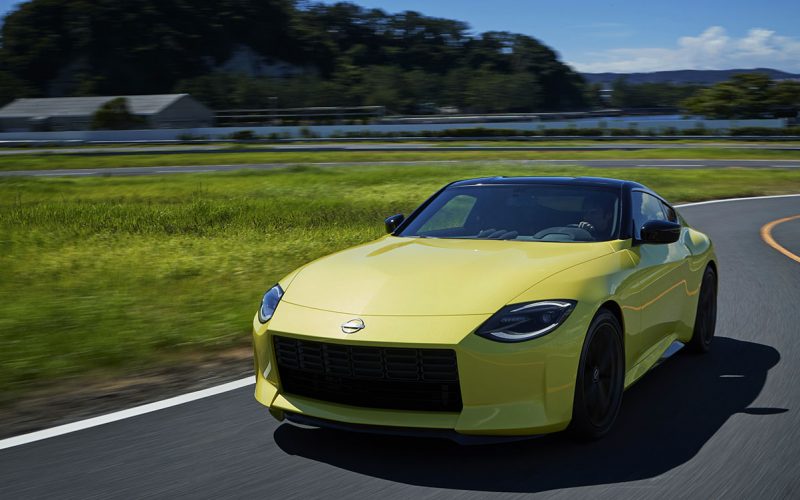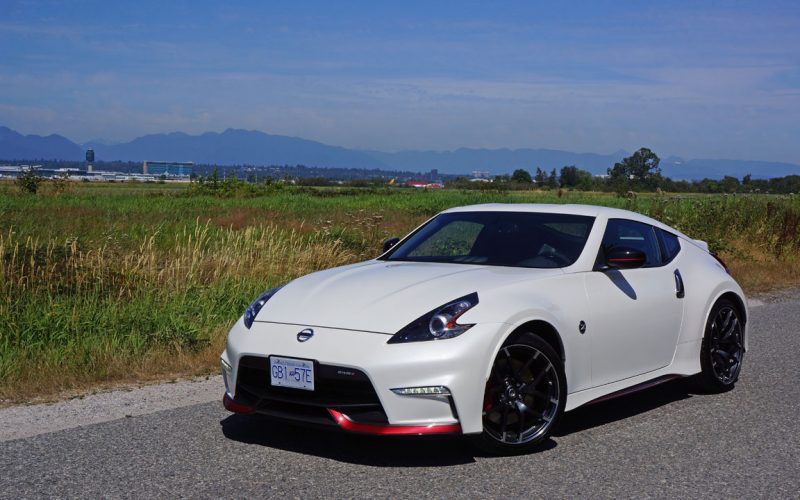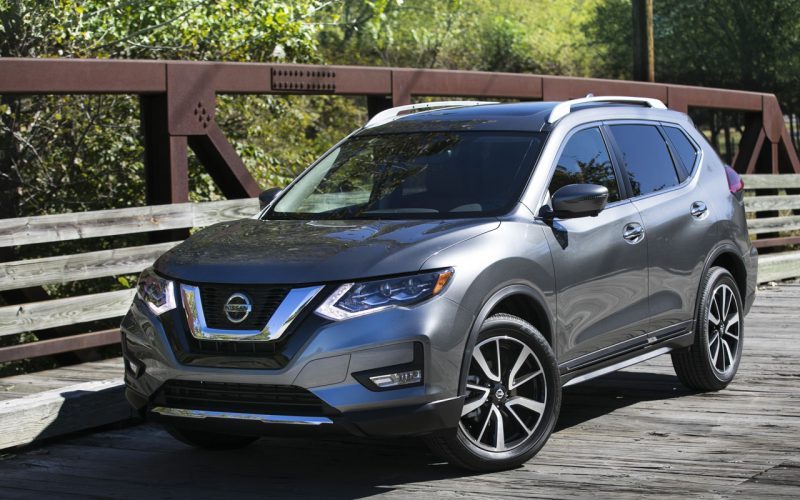
Reading Time: 8 minutesWhen an automaker creates a sports car as immediately classic as the now legendary 240Z, it’s

Reading Time: 9 minutesDid you see the new Z (check out the gallery above)? The Z Proto, which dropped

Reading Time: 3 minutesWhen Q2 of 2018 came to a close, Nissan Group certainly had reason to celebrate thanks
© 2025 The Car Magazine. All Rights Reserved, Privacy Policy | Terms of Use